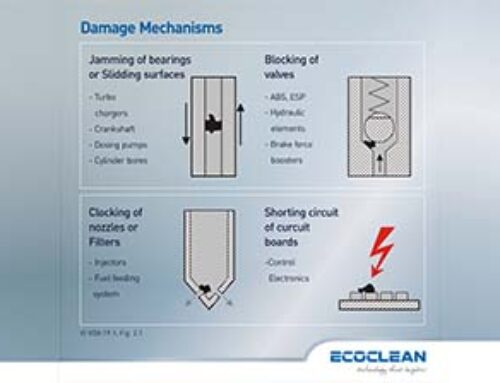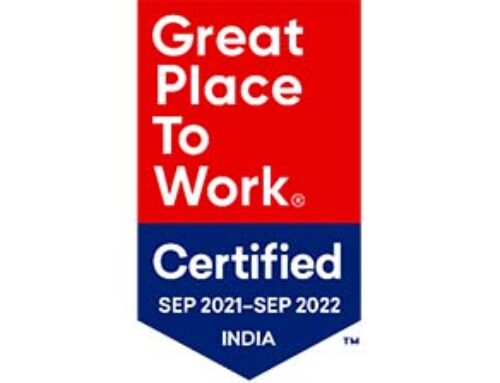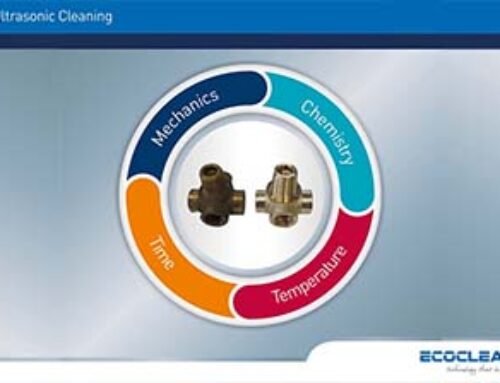Meeting highest cleanliness requirements
Specification of Cleanliness Limits
- Weight of Particles (Gravimetry)
- Distribution of Particles
- Size of greatest Particle
Types of Test methods to determine above specifications:
- Approximate Degree of Contamination> Visual Inspection (e.g. Wipe Test, Knock Test…)
- Amount of Contamination e.g. per Part, per Surface> Quantitative Determination of the Particle Contamination (Cleanliness Analysis)
- Optimal activation of surfaces, e.g. Surface Tension test
Visual Inspection is defining the cleanliness of a cleaned part by visual means, i.e. wipe test, knock test or looking the part over thoroughly.
Quantitative Determination of particle contamination: to analysis the cleanliness of a cleaned part, by measuring the dirt remaining on the component. It also helps in adhering to the cleanliness standards under VDA and ISO.
A few methods of Cleanliness analysis:
- Gravimetry method, famously known as Millipore test
- Particle analysis
In our Technology center, we follow the directives laid down in VDA Vol. 19 and the international ISO 16232, and document the technical cleanliness of components.
Points to consider while conducting Tests:
- Testing of cleanliness: Millipore laboratory
- The part for cleanliness analysis must be protected properly and immediately shifted to grey room
- The cleanliness laboratory must be in the closed room
- Limited Entrance (only for the staff who is responsible the cleaning system)
- Trained people in handling and testing after cleaning
- Validated test method to be used!
- Person handling the parts must wear powder free gloves
- The dirt level of apparatus and testing liquid must be controlled: blank value < 0.1 mg
- Blank test to be performed every time after preparation of the testing media
- Soft particles including fibers are normally coming from the ambience or handling of the parts before cleaning
- Important to understand that the hard particles are usually the metallic particles
- Preservation of tested Millipore filter is important for future reference
- Avoid Contamination, e.g.
- No Cotton gloves
- Handle tiny parts with Teflon tweezers
- Pack parts into a clean Bag / Box
- Prevent rubbing in Bag / Box
- Seal Bag / Box
- No use of Paper boxes
- Keep an eye on correct surface appearance (e.g. No Burr or stuck Chip)
- Clear Labeling (Traceability to Load/Cycle)







